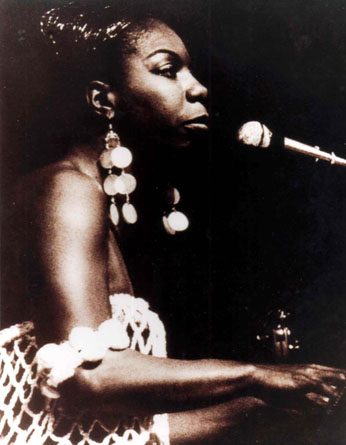What is Reed's argument about why music was so important to the Civil Rights movement? What are some of the specific roles it played in the movement? How does this relate or compare to your own experiences of the role of music in everyday life, or the relation of music to politics? Reed identify music has a key force in shaping, spreading, and sustaining the movement’s culture and through culture its politics. Singing proved to have wide appeal across class, regional, generational, gender and other lines of difference. Important names such as Ella Baker, Reverend King, Septima Clark and Miles Horton all played important rolls in mobilizing and organizing. Mobilizing focused on getting lots of bodies into the street for marches and large-scale demonstrations. Such actions had great dramatic value, and they were often a way to ensure media coverage of the movement. While organizing focused on the slower but deeper task of bringing out the leadership potential in all people, and on building group-centered, as opposed to individual, leadership in communities that would do the ongoing work of changing people and institutions. Freedom songs lay especially in their capacity to take the liberation messages latent in the black preaching tradition and make them available to ordinary people. Music plays a major role in today’s society whether it’s for entertainment or for media image. Elections 2008, many artists especially in the African American culture with rap and r&b music were promoting Barack Obama for presidency or convincing people to register to vote if they haven’t already. Many artists made songs for Barack Obama becoming president or using Obama’s catch phrase “Yes We Can” in their songs or either putting his name in one of their verses. Or Sean Combs (P.Diddy), using his catch phrase “Vote or Die.” Sean Combs was trying to convincing young adults from ages 18 – 22years old to register and vote for the first time especially being the first time a black man was elected for the Democratic Party. Needless to say, Barack Obama won presidency on November 4, 2008. I wouldn’t necessarily put all the praise on rap and r&b artists in promoting Barack Obama on becoming president, but it held a major part during the elections. It made younger adults such as me; know the importance of voting or being registered to vote.












